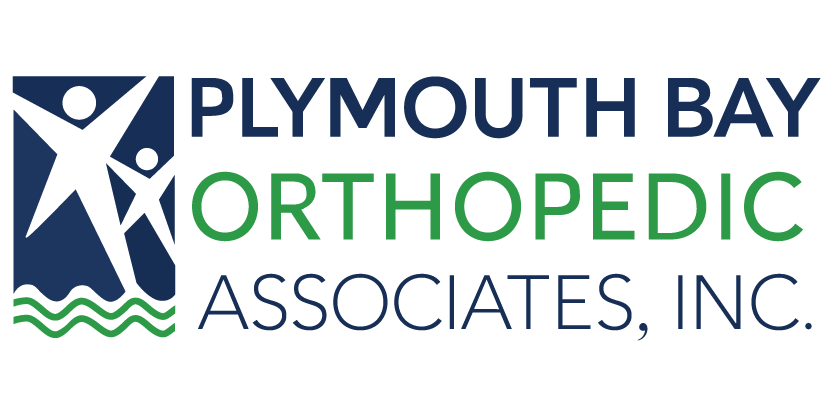Everyone in the gym wants to improve performance and physique but prevent injuries. Perhaps the oldest training aid around is a weight belt. Many weightlifters know about weight belts, but few know exactly what they do. Or perhaps more importantly, if they actually work. The best place for interested weightlifters to start is to go over some related anatomy.
Weight Belt Related Anatomy
The popular fitness term “core strength” refers to the strength of the abdominals and lower back. The two muscles groups serve as a strong foundation, similar to that of a tree trunk, that stabilizes the body. People who have a weak core are susceptible to numerous types of injuries, the most common of which being lower back injuries. Factors that can cause a weak core include being overweight and inactive. People who work jobs that require them to constantly sit are also at risk.
What a Weight Belt Does
A weight belt is a rather large and heavy belt that is placed tightly around the waist. The belt is used to take pressure off the abdominal and lower back muscles. Many weightlifters and workers who lift heavy loads wear weight belts.
When Its Necessary to Use a Weight Belt
The key to effectively using a weight belt is knowing when to use it. Because the belt takes pressure off the core muscles, it also prevents them from getting stronger. Weight belts should only be worn for the following:
- Heavy lifting sets of one to five reps
- Standing exercises that involve the legs, like squats and Olympic lifts
Weightlifters are encouraged to not wear weight belts for light to moderate lifting sets and exercises other than those listed above. When exercises are performed with proper form, the core muscles are strengthened, which in turn improves performance and decrease the risk of injury.
Learning More and Treating Back Injuries
Patients who have a lower back injury or are using a weight belt as a tool to help them lift weights without pain should understand that this pain may be the sign of an underlying spinal condition. To properly diagnose and treat this injury, it important to make an appointment with the Spine Specialists at Plymouth Bay Orthopedic Associates in Duxbury and Sandwich, MA.
Treatment plans consisting of multiple treatment options ensure recovery in as short a time frame as possible. This can include measures such as Physical Therapy and non-surgical alternatives so that you can return to the gym healthy and pain free.
